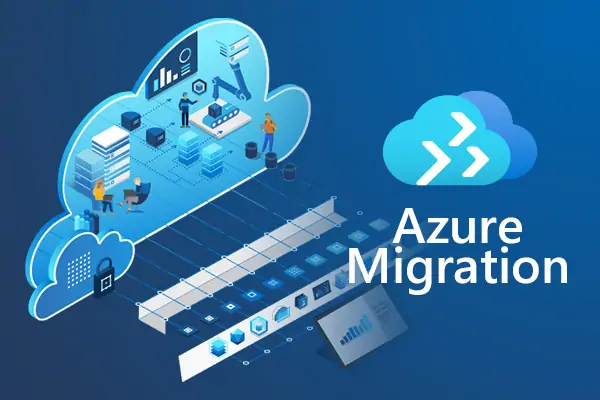
7 steps for planning an Azure migration
Were going to cover 7 key areas you need to think about from a business and future management perspective when you are planning your Azure cloud migration

Were going to cover 7 key areas you need to think about from a business and future management perspective when you are planning your Azure cloud migration

Let’s look at 10 benefits of an Azure migration. Some of these relate to the general advantages of moving to the cloud, but most are specific to Azure cloud.

In this article, were going to look at ten advantages that modern SharePoint has over classic SharePoint, and why you should consider migrating sooner rather than later.

Some companies are considering retiring Jive and migrating the content and capabilities to SharePoint platform in order to reduce costs and also to consolidate communication and collaboration channels to drive a better digital employee experience.

Microsoft recently announced that Skype for business is being retired and replaced with MS Teams
Should you adopt SharePoint Online’s new modern user interface and sacrifice control over the branding?
See business examples of how Teams can be customised and find out how we do it.
Most people are eager to update to the latest version of their favourite app, but its just not possible to press an update button with SharePoint. The wise intranet manager will have a certain amount of trepidation as they embark along the SharePoint migration path.
You might be most concerned with making sure site collections (Team Sites, My Sites) get upgraded to SharePoint 2013 smoothly; find out what to watch out for as you hit the metaphorical update button.
Book in a live demo with us to discuss your project and find out more about our services, solutions and how we can add value to your digital workplace. Simply fill out the form and pick a time and date in our calendar.
Alternatively, if you have a question and would like more information about Content Formula, please visit our contact us page.
We look forward to meeting you.
We use cookies to give you the best experience on our site. By continuing to use our website, you are agreeing to our use of cookies. To find more about the cookies, please see our cookie notice.
You can also read our privacy policy.